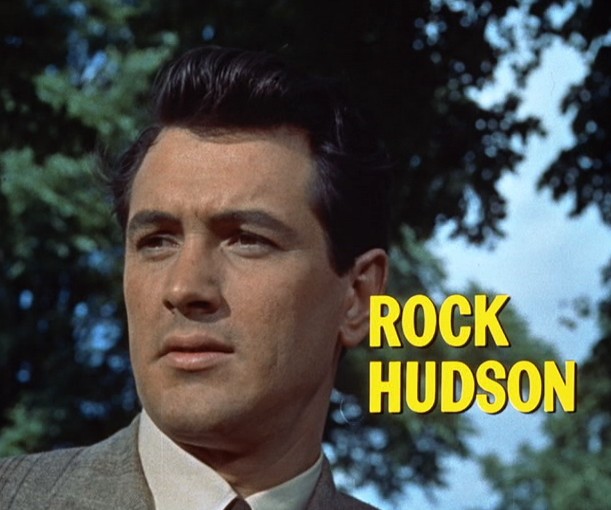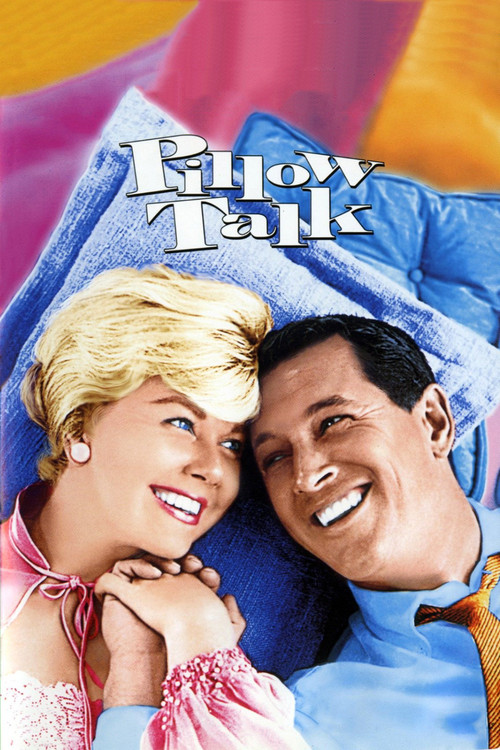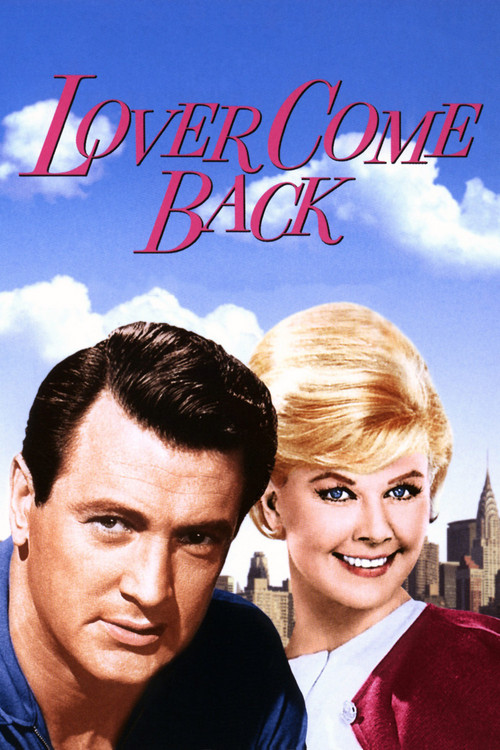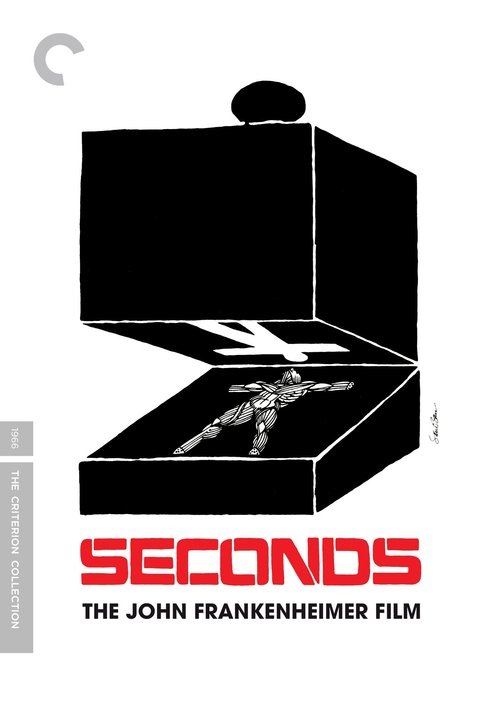It’s sad that many people today think of the late actor Rock Hudson only as an early symbol of the AIDS crisis. That of course he was, being the first truly famous person to be stricken with the disease back in 1985. But he was also a lot more than that.
Though he never came out publicly, it was widely known in Hollywood circles that Hudson was gay. Still, when the actor went public with the diagnosis, it was suggested that he contracted the disease through a blood transfusion during heart surgery several years earlier.
Regardless, the publicity around his illness resulted in increased awareness and funding for AIDS research. He led the way himself by writing a large check to the fledgling National AIDS Research Foundation. And though he said he was not happy about having the disease, he was comforted if it did any good in terms of advancing a cure. Undoubtedly, it did.

Decades before the scourge of AIDS appeared, Rock Hudson was one of the most popular and enduring stars in show business, gracefully segueing from a highly successful film career in the ‘50s and ‘60s to an equally strong run on television over the following decade.
As a boy growing up in Illinois, he was shy and prematurely tall. (In adulthood, he’d grow to stand 6’5”, one of the tallest leading men ever to hit Hollywood). Young Roy Fitzgerald would try out for plays but never make it due to his inability to remember lines.
After the Second War, while working as a truck driver he tried acting again, and his rugged looks and mellifluous voice finally came through for him. Yet it took nearly forty takes for him to deliver his first spoken line on film. By now, his manager had re-christened him Rock Hudson, inspired by the Rock of Gibraltar and the Hudson River. To the actor’s credit, he always loathed his screen name.
Director Douglas Sirk finally made Rock a star in 1954’s “Magnificent Obsession,” a first-rate soaper co-starring Jane Wyman. Two years later, he’d get an Oscar nod for George Stevens’s “Giant” (1956). Over the next eight years, Hudson’s name consistently appeared in the top ten list of Hollywood stars.
Starting in the late ’50s, Rock seized the chance to display his range by doing three comedies opposite Doris Day; the first two, “Pillow Talk” (1959) and “Lover Come Back” (1961), stand the test of time. Then in 1966, he collaborated with brilliant director John Frankenheimer on “Seconds,” a serious, mind-bending film about a man who starts his life over with a new face and identity. On release, the film tanked at the box office, but has since become a cult classic.
That’s not to say that the camera didn’t love him, as these pictures amply demonstrate. Still, watch any of his best movies and you’ll be reminded that he was much more than a photogenic personality whose life was cut short by a mysterious, horrific disease. He was, in fact, a damn fine actor.
Rest in peace, Rock Hudson.



